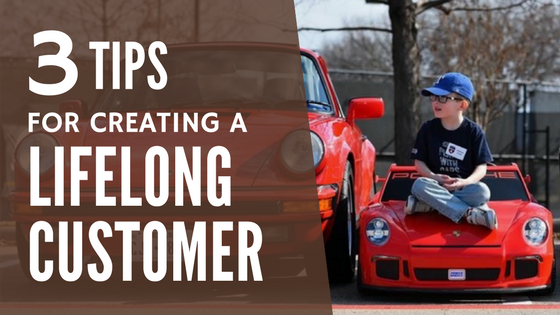What makes you hungry?
/Have you ever walked through a store and seen a package that just makes your mouth water or takes your breath away, and you just have to try the product? I know I have. It is one of the reasons why it takes me so long to do my weekly shopping.
Packaging is a very powerful tool. It has the ability to completely alter a consumer’s perception of a product or brand, for better or for worse. For many companies, it is the only form of advertising or communication they have to highlight and share the unique qualities of their product with the consumer. The layout, design, typography, photography and other elements work together to create a unique consumer experience from start to finish.
Today, there are hundreds of thousands of products on the market, which makes for a very overcrowded shelf or monitor. So brands should ask themselves, “How can we differentiate ourselves from the other similar products in our category?” By investing in packaging design and working with experts together one can create strong appetite and shelf appeal.
This leads me to ask, what makes you hungry? What grabs your attention and inspires you to make that purchase? Remember, brands only have about 2-3 seconds to jump off the shelf and engage potential customers before they move on. It’s also important to consider that in today’s world, many packages and brands are only seen online.
Here are a few ways in which packaging design can play up appetite and shelf appeal:
Photography
Photography is without a doubt one of the most important factors of a package when it comes to highlighting appetite appeal. Invest in great photography! It is a worthwhile spend because it is one of the first things the consumer notices on a package. The lighting, positioning and preparation of the food is critical and can shift the perception of the product from a basic, casual dish to something that, like I said, “makes your mouth water.” Over the years, we have developed relationships with photographers and food stylists that we treasure. Your product should be displayed, styled or presented in dishware that compliments your product and does not distract from what it is you are trying to sell. However, you have to be truthful to your item. It has to not only look like your product, but be your product. A great stylist and art director will know how to make your product look its best. I remember shooting Stagg Chili many years back and it was amazing what can be done. If the photography does not accurately reflect the product, not only will your customer will be very disappointed, but it will reflect poorly on the company’s honesty and transparency with the consumer.
Hierarchy
Many companies want to shout everything on a package, at the same volume. However, consumers’ eyes and brains are trained to read a package in a certain way, and there are strategies to help direct and control how one reads and interacts with a package. It is important to work to create a strong and accurate hierarchy of communication. Let your consumer zero in on the most important element and then work their way through the package. Add elements that recede and surprise without taking away from the main claims and callouts. Done well, packaging can be an experience, and not just a container.
The brand story
In many cases, a unique brand story can foster appetite appeal on packaging design. For consumers, taking the time to read the brand story and connect with the brand is not as fast acting as photography or benefit claims, but it is equally important. If your brand story is about your manufacturing/production process, or about strong tradition and heritage, consider detailing the story on the packaging. Having a full understanding of the process or rich tradition and history of the brand adds to the appeal. Today, there are even Apps that can elaborate on the story, allowing consumers to dig deeper into the company’s beliefs, corporate values and social responsibility position.
Romance copy
Romance copy is the WOO. It is all of the marketing language that hooks your buyer and persuades them to buy your product. Romance copy is descriptive, inviting, and creates an intriguing visual or image for your consumer. For food and beverage products, romance copy can highlight flavors, taste, texture, smell and detail the expected experience. Make sure to keep the copy focused on the product and call out only the most important attributes of your product.
Color combinations
Color is one of the most fundamental aspects of design. Color has the ability to evoke different emotions, feelings, and influence on packaging. When combined with other colors and patterns, the effect can be very powerful. For instance, deep, rich and warm colors create a feeling of decadence and luxury, whereas lighter, bright colors can signify fresh or natural foods. Use color combinations strategically to send the right message to your buyers. Colors are also used to quickly communicate the health positioning, like the green trend for low fat, or to help to segment multi-SKU programs for easy shop-ability. Remember that colors change on different substrates and with different inks, so be sure to find partners that can guide you through the best colors for your product and production method.
Finally, don’t discount the power of color to immediately convey your brand. You may notice that certain categories rely heavily on certain color trends. Sometimes it is better to stand out from competing products on the shelf and claim a different “ownable” color. Other times, it is more beneficial to play within a certain color palette. It all depends on your particular category and situation.
What other factors make you “hungry” when it comes to packaging design? How do you think packaging design affects the consumer experience and repeat purchase? Let us know what you think about this topic in the comments below!







